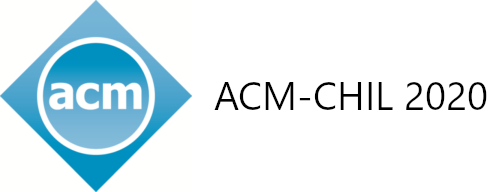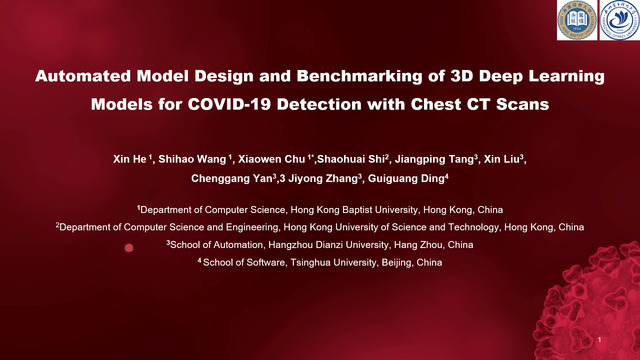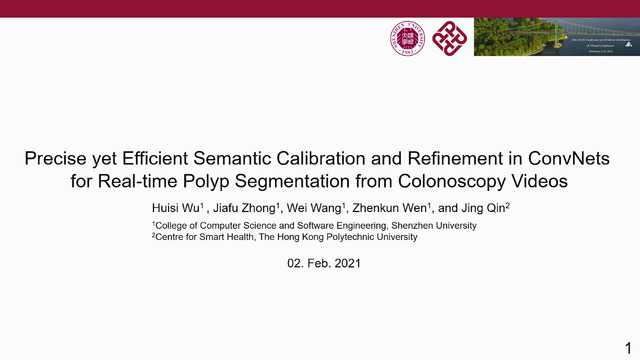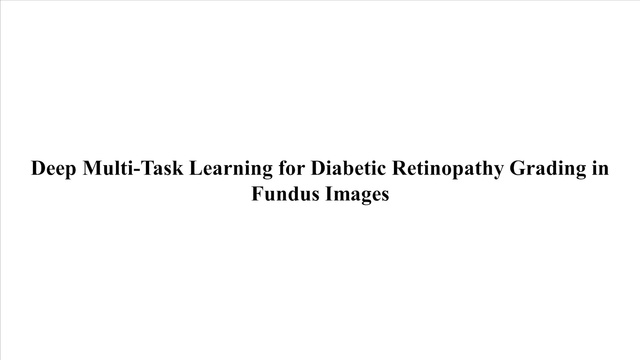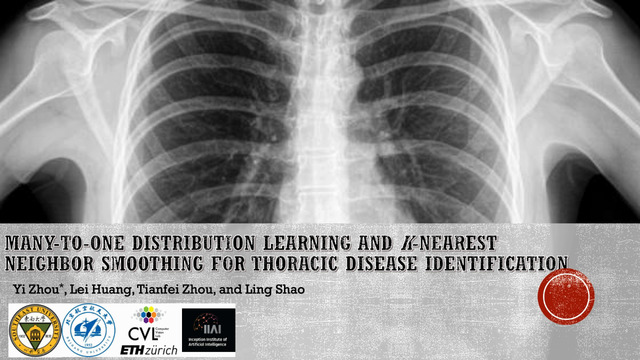Abstract:
Retinal effusions and cysts caused by the leakage of damaged macular vessels and choroid neovascularization are symptoms of many ophthalmic diseases. Optical coherence tomography (OCT), which provides clear 10-layer cross-sectional images of the retina, is widely used to screen various ophthalmic diseases. A large number of researchers have carried out relevant studies on deep learning technology to realize the semantic segmentation of lesion areas, such as effusion on OCT images, and achieved good results. However, in this field, problems of the low contrast of the lesion area and unevenness of lesion size limit the accuracy of the deep learning semantic segmentation model. In this paper, we propose a boundary multi-scale multi-task OCT segmentation network (BMM-Net) for these two challenges to segment the retinal edema area, subretinal fluid, and pigment epithelial detachment in OCT images. We propose a boundary extraction module, a multi-scale information perception module, and a classification module to capture accurate position and semantic information and collaboratively extract meaningful features. We train and verify on the AI Challenger competition dataset. The average Dice coefficient of the three lesion areas is 3.058% higher than the most commonly used model in the field of medical image segmentation and reaches 0.8222.

